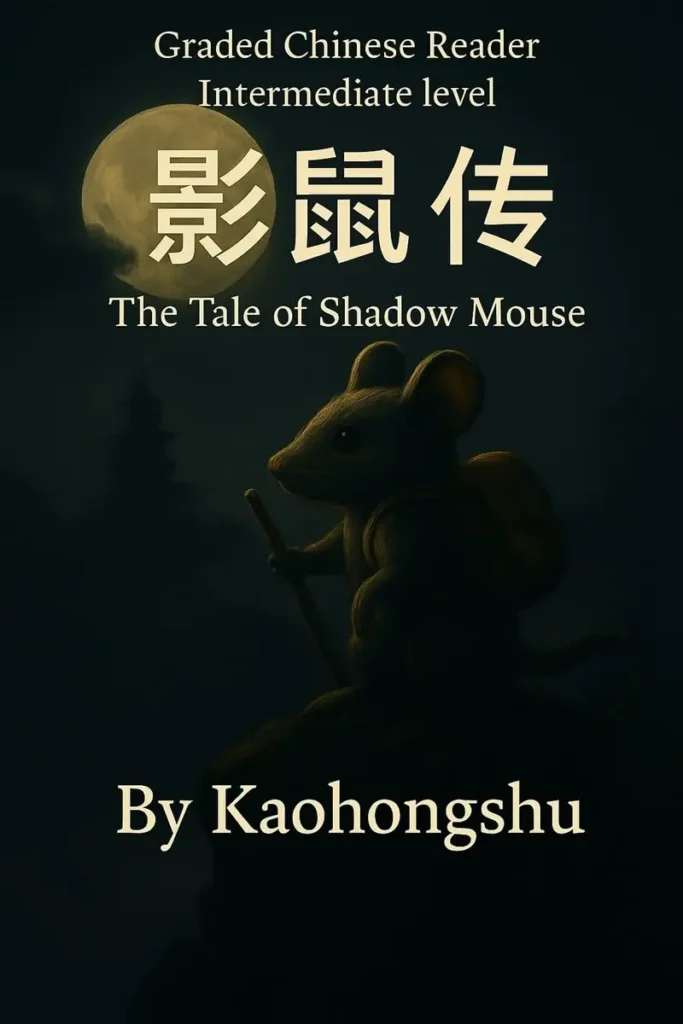In this post, I take a closer look at the 10 most downloaded apps for learning Chinese. What are they and why are they so popular?
I’ve seen so many articles about “the best apps for learning Chinese” over the years, but what about actual download statistics – the popular vote for apps? They should give us a more accurate picture what are the preferred tools to study Chinese.
Unfortunately, there is but little data available on how many people are currently learning Chinese as a foreign language and which apps they use for this. The data that I use comes from the Google Play Store where you can see – approximately – how often an app has been downloaded in the past:
- 1+ (1 – 5)
- 5+ (6 – 10)
- 10+ (11 – 50)
- 50+ (51 – 100)
- 100+ (101 – 500)
- 500+ (501 – 1,000)
- 1K+ (1,001 – 5,000)
- 5K+ (5,001 – 10,000)
- 10K+ (10,001 – 50,000)
- 50K+ (50,001 – 100,000)
- 100K+ (100,001 – 500,000)
- 500K+ (500,001 – 1,000,000)
- 1M+ (1,000,001 – 5,000,000)
- 5M+ (5,000,001 – 10,000,000)
- 10M+ (10,000,001 – 50,000,000)
- 50M+ (50,000,001 – 100,000,000)
- 100M+ (100,000,001 – 500,000,000)
Unfortunately, Google doesn’t seem to share the number of active installations over time. But – and I’m very thankful to Mark from Hanping Chinese for pointing this out to me – appbrain.com provides more historical download statistics, which gives us more insights in the popularity of these apps.

Another issue is of course that an app like Duolingo offers more than one language and not exclusively Chinese. In that case, the number of downloads says very little. Nevertheless, I have tried to find out what I can. Also, some apps – take Pleco for example – have been on the market for a long time and have been downloaded many times over the years. It is interesting to see how the number of users has been developing more recently, as there are indeed alternatives to Pleco, learners from other parts of the world might prefer other options and the rise of AI also has an impact.
1. Duolingo – +700 million downloads

Duolingo is probably the most popular language learning app, but also the most overrated. According to a 2023 Duolingo report, Chinese is the 8th most popular language to study on the app and more than 6 million learners were enrolled in their Chinese course for English speakers. That’s a lot! I can only hope that people who are really committed to learning Chinese look beyond the Duolingo time trap and explore other more productive options as well.

2. LingoDeer – +14 million downloads

LingoDeer boasts a community exceeding 10 million learners worldwide. However, the specific number of users learning Chinese on LingoDeer isn’t publicly disclosed. Given that Chinese is one of the primary languages offered, it’s reasonable to assume that a significant portion of the user base is engaged in learning Chinese.
Compared to Duolingo, this is app is a little less gamified and more tailored towards learning Asian languages (Japanese, Korean, Chinese), yet the approach is similar. LingoDeer is both available for mobile and desktop and offers a pretty solid foundation for beginners and intermediate learners in terms of vocabulary, grammar, characters, tones and pronunciation (no advanced learning content though).

3. Drops – +10 million downloads

Drops uses visual-based, game-like exercises to help users memorize vocabulary. It focuses on short, five-minute daily sessions with engaging animations and mnemonic associations to reinforce learning. As of now, Drops claims to have over 40 million users learning various languages, including 290.000 people learning Chinese (Source: Drops website). The app is vocabulary-focused and limited in terms of grammar and speaking practice, let alone learning content for more intermediate and advanced learners. In that sense, it’s less well-rounded than Duolingo and LingoDeer.

4. Pleco – +6 million downloads

Pleco came available in 2001 and has been the number one dictionary app for learners of Chinese for years, especially those with an English language background. I would be surprised if it wasn’t on this list, even though I couldn’t find any hard numbers on recent downloads. It’s very customizable, allowing you to add more dictionaries, build your own in-app flashcard decks and even read texts and books with the Clip and Ebook Reader.

5. HelloChinese – +9 million downloads

HelloChinese impresses with over 5 million downloads and 10,000,000+ users according to their website. The app follows a gamified and video-supported approach and combines vocabulary, grammar, speaking, and writing exercises to provide a comprehensive learning experience. The app also includes speech recognition to help with pronunciation and interactive lessons that gradually introduce new concepts. Not a bad choice for beginners and intermediate learners, but less interesting for advanced learners.

6. ChineseSkill – +5 million downloads

ChineseSkill is another language-learning app designed to teach Mandarin through interactive, game-like lessons. It covers vocabulary, grammar, pronunciation, and writing using a structured, engaging approach. The app follows a curriculum similar to HSK, making it a useful tool for beginners and intermediate learners. Like HelloChinese, it’s less ideal for high-level fluency, since it doesn’t provide more advanced learning content.

7. SuperChinese – +5 million downloads

SuperChinese is an AI-powered language-learning app (made in Shanghai) that teaches Mandarin through interactive lessons, speech recognition, and spaced repetition. It covers vocabulary, grammar, listening, speaking, and writing from HSK 1 to 5, making it a well-rounded tool for learners. The app adapts to users’ progress and provides personalized learning paths. SuperChinese is a good choice for beginners and intermediate learners who want an AI-driven, structured approach to learning Mandarin, with grammar explanations and pronunciation practice.

8. Hanping – +2.5 million downloads

Hanping is a popular Chinese-English dictionary app for Android, offering fast and accurate translations, handwriting recognition, Pinyin support, and audio pronunciations. It includes features like offline access, various add-ons, pronunciation soundboard, and example sentences, making it a useful tool for language learners and travelers. Like the founder commented below, the total download count for Hanping Chinese dictionary actually adds up to 2.5 million, so Hanping deserves its place in the top 10.

9. SuperTest – +2 million downloads

SuperTest (same company as Super Chinese) is an app designed specifically for learners preparing for the Hanyu Shuiping Kaoshi (HSK), China’s official Mandarin proficiency test. It provides structured vocabulary lists, practice tests, grammar explanations, and listening exercises tailored to different HSK levels (1–6). SuperTest is a good tool for learners specifically aiming to pass the HSK test, since it sort of covers everything HSK, but it should be supplemented with other resources, especially for speaking and conversation practice, if you want to practice real life Mandarin skills and go beyond the world of Chinese exams.

10. Chinese Writer – +700K

Chinese Writer is a character-learning app designed to help users master Chinese handwriting through interactive stroke order exercises. It provides a fun and engaging way to practice writing characters correctly while reinforcing vocabulary. The app includes a game mode where characters fall from the top of the screen, and users must write them correctly before they disappear. It’s probably not the ideal tool for absolute beginners, since it does require some familiarity with Chinese characters. Since it’s main focus is Chinese characters, Chinese Writer isn’t of much help in other areas of language learning like speaking and text-reading. Others might prefer Skritter btw.

Conclusion
Just because an app is the “most downloaded” for learning a language doesn’t necessarily mean it’s the best. When I made this overview I was surprised that some of the most useful apps for learning Chinese, be it vocabulary, reading, writing and general language practice, aren’t even on the list! I should add that popularity can be influenced by many factors beyond quality, such as strong marketing, brand recognition, free access or gamification that keeps users engaged without necessarily making them fluent (some call this phenomenon Duolingo^^).
I also can’t stress enough that the quality of the statistics could be much better. Knowing the amount of active installations over time, weekly active users or average user life time for any app would give a more realistic picture of app usage within the Chinese learning community.
Ultimately, what is the best language-learning app depends on your individual needs and target level. Some learners might prefer an app that prioritizes speaking practice, while others may want structured lessons on Chinese characters or improve their reading speed. The fact that most of the apps from the top 10 focus on beginner’s content and don’t appeal to intermediate and advanced learners is also worth noting.
In the end, any language learning app’s success should be measured by how well it helps users achieve their language goals – whether that’s improved fluency in conversation, reading comprehension or casual vocabulary building – not just by its download numbers.
Affiliate links
Disclosure: These are affiliate links. They help me to support this blog, meaning, at no additional cost to you, I will earn a small commission if you click through and make a purchase.



















Nice list! Hanping’s actually got more active installations than total downloads (of the current app) because the current app is the third iteration. Hanping Lite still has over 100k active installations which is more than the total download of the current app.
AppBrain has some pretty accurate stats on the total downloads.
2009: The first one, (book icon) released back in 2009, gained just under 1 million installs before it was retired in 2012
https://www.appbrain.com/app/hanping-chinese-dictionary/com.embermitre.hanping.app
2012: The second iteration (known as Hanping Lite, blue icon) was released and ended up with about 1.5 million downloads:
https://www.appbrain.com/app/hanping-chinese-dictionary/com.embermitre.hanping.app.lite
2024 (October): Hanping Pro (released in 2010, green icon) is now free and so Hanping Lite was retired
https://www.appbrain.com/app/hanping-chinese-dictionary/com.embermitre.hanping.app.pro
So the total downloads is around 2.5 million.
Hi Mark,
Thanks so much for bringing this to my attention! I added the data from AppBrain to the article, since it’s more accurate than what I could gather from Google.
Let’s see if more developers are willing to share their numbers!
Best,
Jorrit